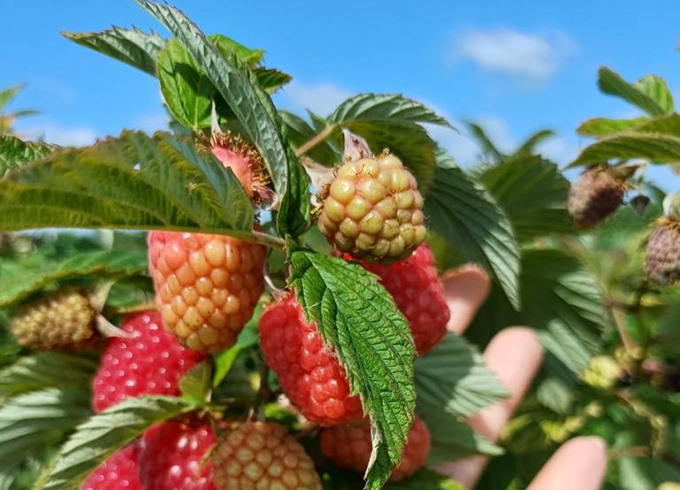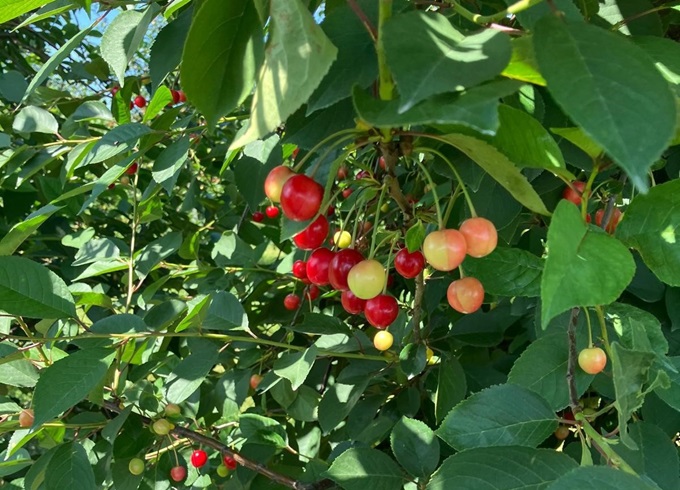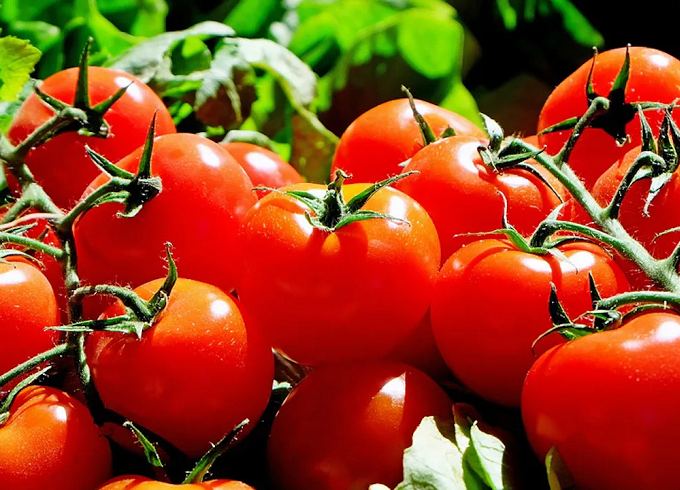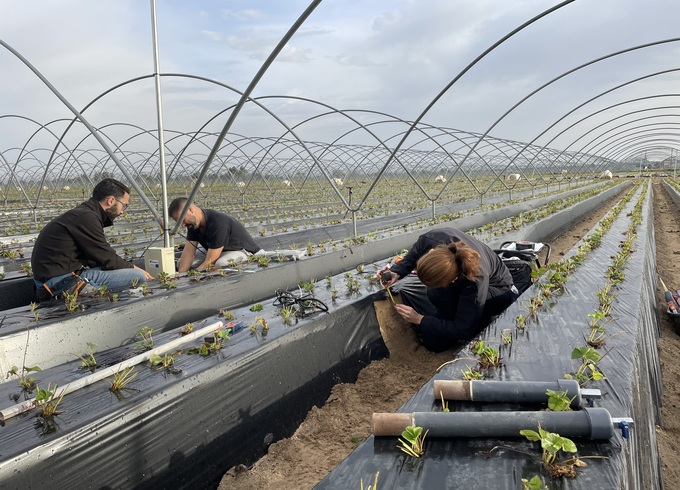Summer 2023 harvest update: the latest crop news from Poland

What signals the start of summer? Warm sunshine, longer days… and, of course, our harvest update directly from the fields in Poland. So, keep reading to discover the latest insights from the season so far, and what’s to come!
Promising summer weather
After a long dry period, rain finally arrived to quench the fields in mid-June, with south and south-east Poland witnessing the largest amount of rainfall. The weather forecast for the coming days predicts pleasant summer temperatures alternating with rain. For soft fruits such as strawberries – which are currently in harvest – rainy circumstances are not very favourable as they may negatively impact brix levels and softness, and increase the likelihood of mouldy fruits. However, rainfall at this time of the year is great news for all other fruits and vegetables.
A fruitful summer for strawberries and raspberries
The strawberry harvest season reached its peak in mid-June. Despite a few days of rain coupled with high temperatures, volumes have remained constant for the past week and have started to gradually decline until the end of the Polish harvest season at the beginning of July.
Meanwhile, the raspberry summer harvest has already started for early varieties such as Laszka and Prehyba, while the Glen Ample crop season will start within a week. So far, the quality of the fruits appears to be high, but farmers are facing some challenges due to the increase in production costs and the price indications at collection points. Looking ahead to the autumn harvest, however, raspberry crops are in great shape and look set to perform well.
Spotlight on sour cherries, blackcurrants and redcurrants
For sour cherries, we’ve noticed that crop quality is differing across various areas of Poland, though the most significant contributing factor appears to be age. Young fields tend to be full of fruits, whereas the older orchards usually have less. With the fruit dropping period nearly at its end, it is clear that the total volume will be lower than the two previous seasons, in part due to the fact that this year flowering happened over colder days, which made flower pollination less efficient. In addition, the dry period that followed stimulated an early fruit dropping.
Rain has had a positive impact on blackcurrant fields and has helped reduce fruit dropping. However, blackcurrant crops are still affected by the consequences of a spring frost in mid-May, which resulted in lower quality and volumes than expected. The early varieties, which will soon be ready for harvest and amount to 60% of the total crop, have seen a loss of 20%, while for later varieties which account for 40% of the crop, losses are close to 50%. Finally, the redcurrant crop is expected to achieve positive results: the fields look healthy, and we foresee a very good harvest season, both in terms of quality and quantity.
Looking ahead
We’re aware that it’s the nature of our business to be exposed to unpredictable factors such as the weather. That’s why our expert agronomists constantly monitor the fields to provide our customers with timely updates on the latest developments. Despite some challenges, the Polish fields have proven to be resilient and are doing well as we see fair volumes of this season’s ongoing crops like strawberry and raspberry. We also remain optimistic about our coming crop cycles, especially the redcurrant and the raspberry autumn harvest.


